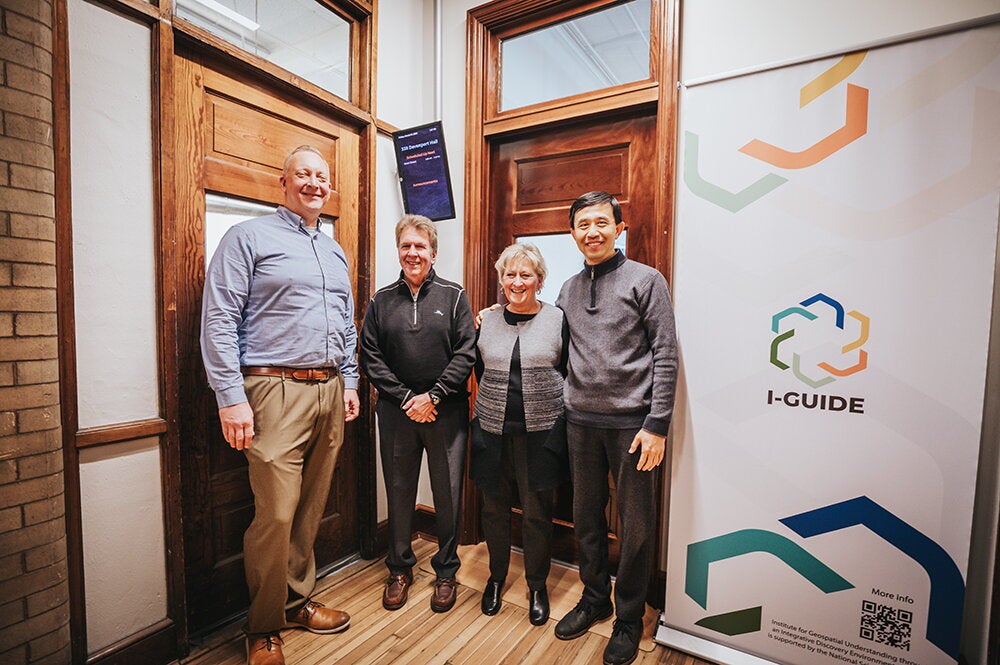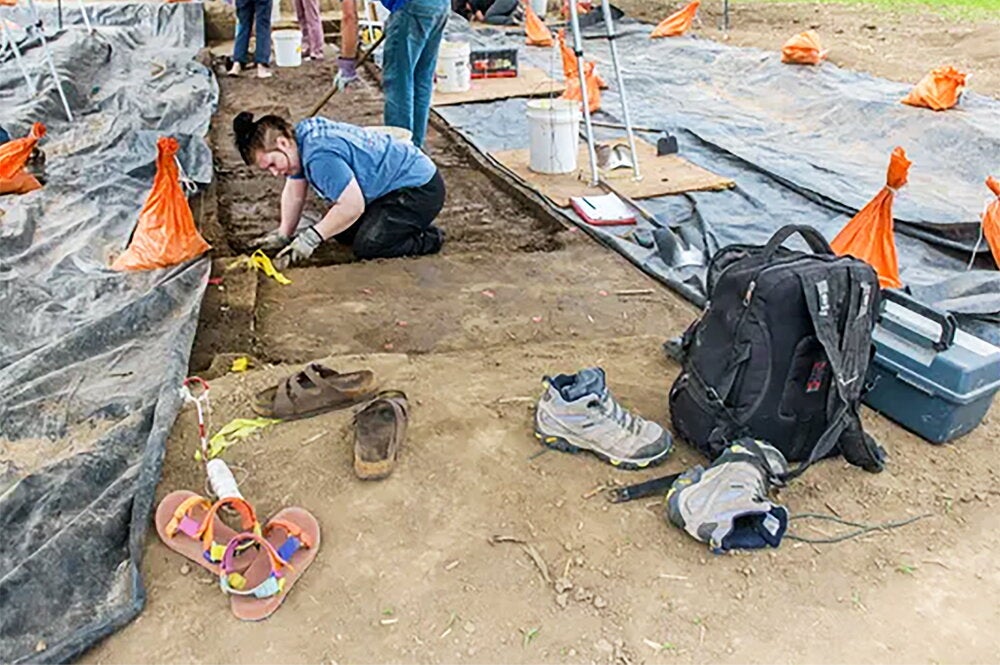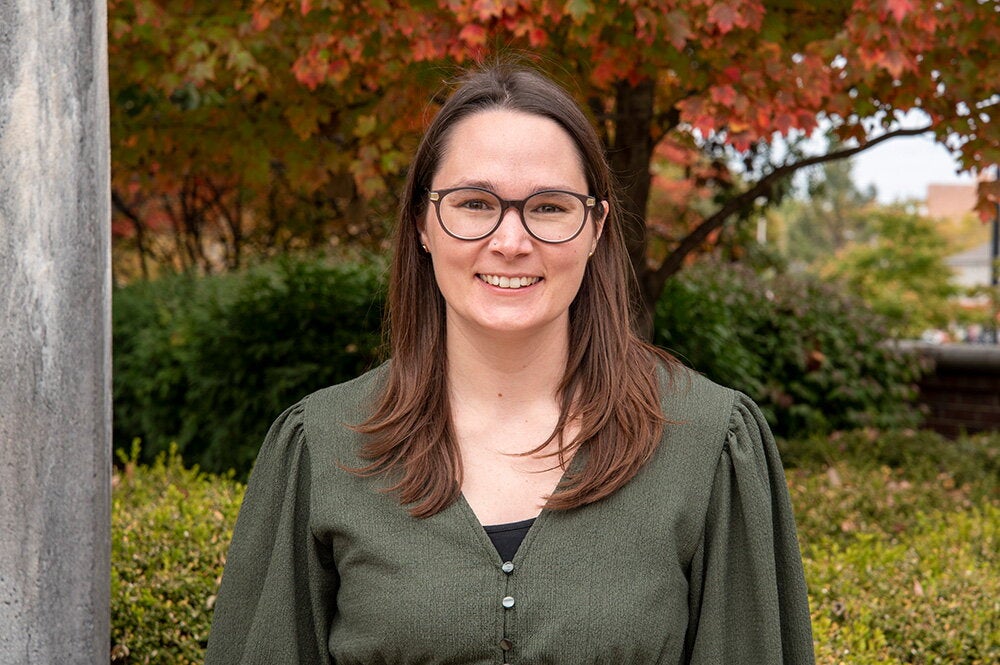
Grant Krafft (PhD, '80, chemistry) found something completely unexpected while using his lab’s atomic force microscope back in 1995. As his lab probed the causes of Alzheimer’s disease, they examined samples of toxic amyloid proteins, linked to the devastating disease, and they expected to see long, skinny fibrils. What they saw instead were little round structures, like microscopic soccer balls.
“We also found that these things were quite toxic,” says Krafft. “These little globular structures could attach very tightly to the surface of nerve cells.”
This discovery, first published in 1998, has revolutionized Alzheimer’s research, which had long put the blame for the disease on plaques and tangles that damaged brain cells—theories that can be traced back to 1906, when Alois Alzheimer first described the disease. Krafft’s discovery has also earned him a 2011 LAS Alumni Achievement Award.
Krafft has had a history of following his instincts, even when it goes against prevailing opinion. When he first moved into Alzheimer’s research at Abbott Laboratories in North Chicago, he set out to find the enzymes responsible for making the amyloid protein that forms plaques in Alzheimer’s brains, and he received a large drug-discovery grant from the National Institutes of Health to help fund this approach. Within a year or so, his group had identified a known enzyme as a possible candidate, but Krafft knew that this enzyme could not be a viable drug target, so he shifted his focus to understanding how amyloid caused memory failure.
Krafft recognized that this new direction represented a longer-term endeavor, involving more basic research than Abbott was likely to endorse, so he moved his lab and funding to Northwestern University, already home to his close collaborator, neurobiology professor William Klein. His other close collaborator, Caleb Finch, a University of Southern California longevity expert, also endorsed Krafft’s move, and the three scientists set out to understand amyloid.
Their initial challenge was to understand why the long amyloid fibrils were sometimes toxic to nerve cells, but other times, not toxic at all. As it turned out, the toxicity depended on whether the fibril samples included the small globular proteins they dubbed ADDLs, or amyloid-derived diffusible ligands.
Krafft’s team showed that ADDLs could float freely and attach themselves to nerve synapses, causing rapid memory loss; what’s more, low concentrations of ADDLs could trigger the same kind of memory deficits seen in early stages of Alzheimer’s.
Many people were skeptical at first about ADDLs, but today most scientists recognize these small round structures as the primary suspect behind Alzheimer’s, a disease that afflicts roughly 5.4 million people in the United States. Krafft’s team has shown that Alzheimer’s patients have, on average, 70-fold higher levels of ADDLs than people without Alzheimer’s.
“This early study went a long way in convincing people and the study has since been replicated,” he says.
Krafft now lives in Glenview, Ill., but he grew up as a Bears fan in Packer-crazy Milwaukee. As he puts it, “My dad was born and raised in Maywood, Ill., so I picked up the hereditary disease we now call being a Cubs and Bears fan.”
But perhaps his penchant for standing up for the Bears in the midst of Packer territory helped develop his knack for going against the grain.
Krafft was drawn to the University of Illinois for his graduate work because of the large and excellent organic chemistry faculty. Although he decided against medical school, he still retained an interest in biological applications for chemistry, which remains an Illinois strength.
“At the U of I, Professor (John) Katzenellenbogen taught me how to think well in both chemistry and biology,” he says.
After his Northwestern lab discovered ADDLs, Krafft formed a company to pursue solutions to the Alzheimer’s mystery. But it soon became apparent that to make a go of it, he would have to pursue the business full-time. So in 2002 he shut down his Northwestern lab and took the plunge.
His new company, Acumen, signed a deal with the pharmaceutical giant, Merck, in 2004, to develop antibodies that could bind ADDLs and prevent them from attacking nerve cells. Today, he says, “It’s clear that the antibody will be our first drug to be tested in clinical trials.”
More recently, the company signed a deal with a German company, Merz Pharmaceuticals, to create “assembly blockers”—molecules that interfere with the formation of ADDLs. All of this work stemmed from Krafft’s hunch that using atomic force microscopy could shed light on the disease, even though no one had yet used such a microscope on the Alzheimer’s puzzle.
“I’ve tended to trust my instincts,” says Krafft. “And that was an instinct that ended up paying off.”


